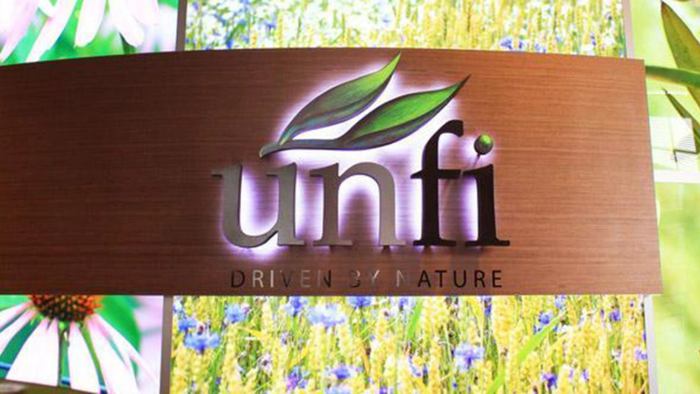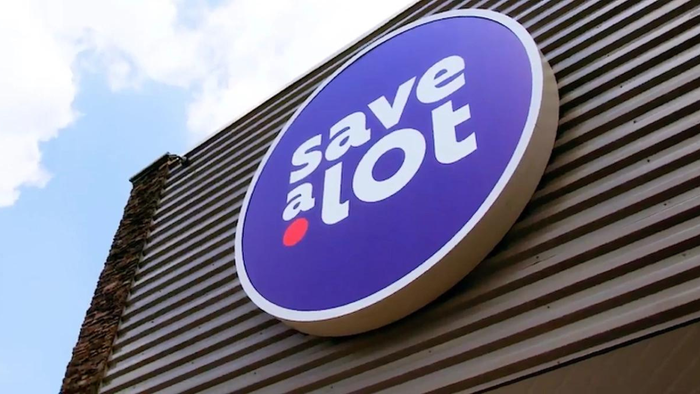The suds cycle
January 1, 2018
Imports, specialties and craft brews are re-energizing the beer market. By Richard Turcsik The recession, coupled with shifts in consumers’ tastes to wine, cocktails and spirits, has put the beer industry through the ringer in recent years. But thanks to a resurgence of craft brews, imports and other high-end products, suds are starting to foam again. “The specialties are really where the greatest growth is,” says Gary A. Hemphill, senior vice president of information services for Beverage Marketing Corp., a New York-based beverage consulting firm. Hemphill notes that imports are also up and low-end beers are holding their own, while standard beers continue to lose market share. “In 2010, each successive quarter tended to improve a little bit. The economy is a little bit better than a year ago, and the improving trend is certainly a reflection of that,” Hemphill says. In the third quarter, the last for which Beverage Marketing had data available, volume actually edged up 0.8%. “Both wine and spirits are outperforming beer, but historically, if you go back decades, a lot of that is cyclical. Tastes change and to some extent demographics, too. The core beer drinker population tends to be different than the wine drinker.” Experts say that is why supermarkets need to put some thought into merchandising beer. “Warm displays drive awareness and are particularly effective at bringing attention to the added value cross-merchandising offers we make available on our brands,” says Steve Ward, vice president, national accounts, for White Plains, N.Y.-based Heineken U.S.A. “For instance, where legal, we work with grocers to identify compelling offers for their shoppers when they combine the purchase of Heineken brands [Heineken, Heineken Light, Newcastle amd Tecate] with complementary items such as prime cuts of beef and grilling essentials around key summer holidays.” Out front “Beer can be an impulse item for consumers to purchase so setting up merchandising displays in high-traffic areas can help supermarkets increase sales,” says Chris Williams, vice president, national retail sales, at St. Louis-based Anheuser-Busch. “Because beer is offered in a variety of channels and outlets, supermarkets should get products in front of consumers wherever possible to help drive sales. Cold beer is extremely important to consumers, so retailers should have adequate cooler space allocated during peak selling times, especially the summer, Williams says. To help build sales, Anheuser-Busch is creating themed promotions to support and help retailers create in-store excitement around key holidays and events, including March Madness, Cinco de Mayo, summer grilling and the company’s new exclusive sponsorship with NFL football. “Our objective for in-store merchandising is to build attention-grabbing displays that include A-B brands and partners’ brands that promote and help drive consumers to make multiple category purchases,” Williams says. Learning a new craft According to Chicago-based Mintel, 33% of all adult beer drinkers are drinking less imported beer because they are drinking more domestic craft beer instead. Its research shows consumer education is the key to cultivating growth in the craft/microbrew market. “It is now mandatory for the chains in this country to get behind craft beer,” says Jeremy Cowan, proprietor of Shmaltz Brewing Co., which maintains headquarters in San Francisco and New York and specializes in Jewish kosher beers. “This is an industry that needs to be nurtured and presented to customers where they shop for their groceries,” he says. “Grocery stores are literally clogged with endless duplicative SKUs from the biggest beer companies that are taking up space just for the sake of taking up space.” Cowan says retailers need to educate their staffs and consumers about the different craft beers. “Craft beer has been experiencing huge growth over the past 10 years as consumers have learned that beer drinking can be as much of an experience as drinking wine,” notes Kami Marquardt, marketing communications manager at Great Lakes Brewing Co., a Cleveland-based brewer distributed in 12 states and Washington, D.C., that has won numerous awards for its craft beers, including Dortmunder Gold and Elliot Ness Amber Lager. “Beer pairs nicely with a variety of different foods, thus taking the experience to a much higher level than just throwing back a few beers while watching the big game.” Because Great Lakes doesn’t pasteurize its beers it includes a consumer-friendly “freshness” date on bottles and packaging to let consumers know the best date by which to enjoy the beer, Marquardt says. In February, it is introducing The Doppelrock, a new seasonal “round and malty” four-pack created for the winter months. Packing variety Utica, N.Y.-based F.X. Matt Brewing Co. has found success offering consumers seasonal variety packs of its Saranac brand craft beers. “Variety is a definite trend within the craft category,” says Meghan Fraser, marketing coordinator. “The average craft beer drinker doesn’t just settle with one beer, but they like to move around and try different beers and different brands as well. We recognize that if somebody is a fan of Saranac that they are probably also trying Sam Adams, Harpoon, Sierra Nevada, Magic Hat or other craft beers. As we create more variety within our brand people will explore Saranac and might stick with us a bit longer.” Saranac variety packs include the popular What Ales You and the 12 Beers of Summer, which company executives say is being revamped this summer with new whimsical packaging and the bringing back of the popular Belgian White and Hefeweizen beers. “We’ve been getting a lot of requests for Hefeweizen lately,” Fraser says. The Boston Beer Co., the Boston-based brewer of Samuel Adams, has brought back its American Originals Variety pack and is also adding Wee Heavy to its Samuel Adams Imperial Series. Wee Heavy is an intense, full-bodied beer inspired by the deep roasted flavor and earthy smoke character of traditional Scotch ales and whiskies. Sam Adams’ brewers added peak smoked malt to give the beer its subtle sweetness and earthy smokiness. In January it introduced Samuel Adams Noble Pils, which is brewed with all five Noble hops for a distinct hop character and fresh taste. It is billed as a “transition brew” created to take drinkers from the heavier winter brews to the lighter, more citrusy brews of summer, the company says. Import info Consumers with discerning palates continue to seek out imports, industry officials say. “We see 2011 trends for the import segment continuing the improvement they have shown in the second half of 2010, driven by the lead brands such as Heineken and Dos Equis,” says Ward. To further build sales, on March 1 Heineken is launching a new can range for its Heineken, Heineken Light and Amstel Light brands that includes switching from a fridgepack to a 4x3 pack configuration that is in line with its competitors. Norwalk, Conn.-based Diageo continues to position its Guinness brand as the bold choice for the beer world with a March campaign centered on the tagline “Only for the Bold Since 1759,” says Patrick Hughes, brand director, Diageo-Guinness USA. “Consumers are looking for beers that stand out from the crowd,” he says. “If a brand can speak about its quality, history and flavor in a way that is entertaining and authentic, consumers will take notice. We recommend utilizing collateral materials to let the brand speak to consumers directly. For example, merchandise Guinness alongside some POS about the brand’s heritage and 250-plus years of brewing excellence,” he says.
About the Author
You May Also Like




